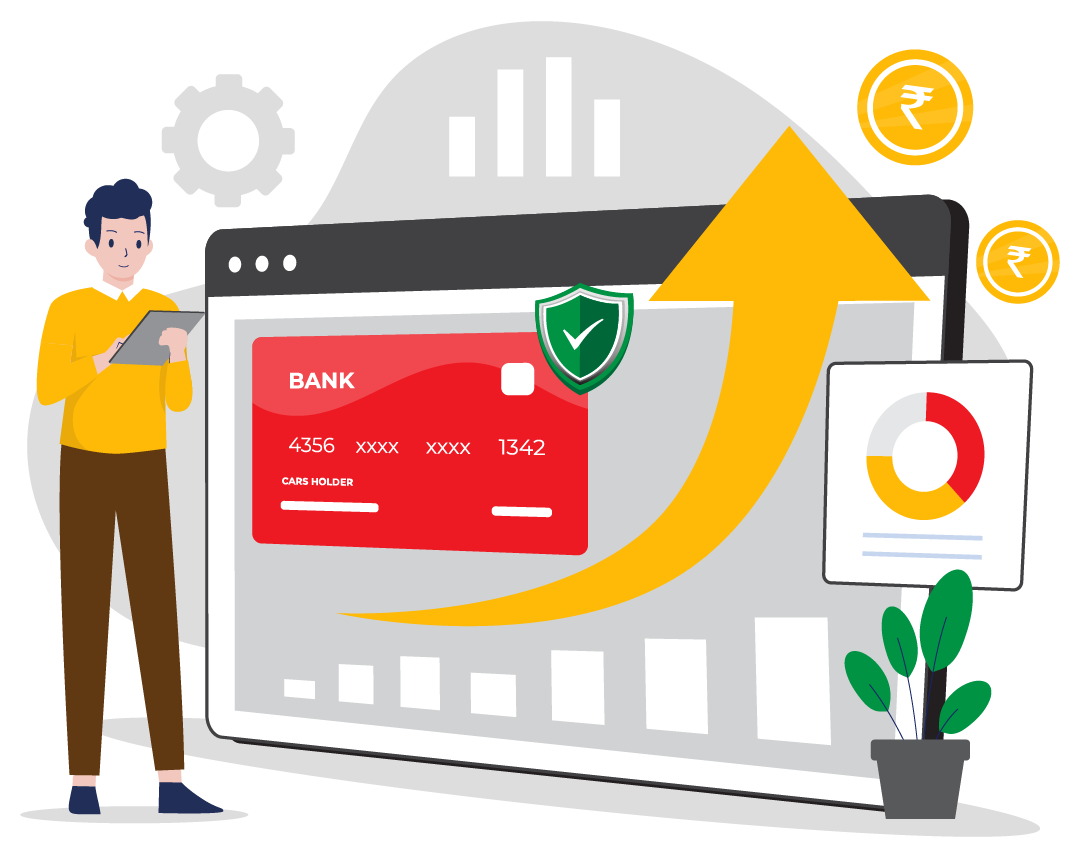In the fast-growing retail market, merchants must focus on improving consumer experience at all touchpoints of their journey. When a customer scrolls through an e-Commerce website and completes their transactions, everything should be up and running. Glitches and technical errors lead to a severe loss of business through the loss of potential clients. Despite appropriate front-end improvements, businesses lose their potential sales due to failed transactions. It can happen for various reasons, such as incorrect information or fraud suspicion. Undeniably, declined payments help filter out spurious transactions, but it might also result in swishing off legitimate transactions, hurting the bottom line of the business. Whenever your customer swipes, inserts or taps their card, the initiated transactions require authorisation. If your consumer’s card payments get approved without delay, it means your card authorisation rate is good. Le’s dig deeper to know how to improve the card authorisation rate.
What is Card Authorisation Rate?
Card Authorisation Rate is the percentage of credit/debit card transactions approved by the card issuer or the financial institution that issued the card. When a customer swipes a card, Merchants send a request to the card issuer to authorise the transactions. The issuer follows a process based on which, the transaction is either approved or declined. These protocols include scrutinising the availability of sufficient funds and transaction amount etc. The Card Authorisation Rate is calculated by dividing the number of authorised transactions by the total number of transactions attempted.

For a merchant, it is desirable to have a high success rate as it indicates that a card issuer is more likely to approve their transactions, based on the previous record, leading to fewer declines and lesser loss of revenues. Albeit, a higher authorisation rate can act as a hatchway for fraudulent activities. With high card authentication rates, it gets easier for swindlers to bypass security measures. Merchants must balance a high authorisation rate with a robust fraud prevention system.
Types of Payment Declines
There are two types of payment declines, soft decline, and hard decline.
.png)
Why is a Higher Authorisation Rate Important?
Two stakeholders of the payment system, gravely impacted by the card authorisation rate, are merchants and card issuers. Here are a few reasons highlighting the importance of a high authorisation rate.
1. Reduces Transaction Declines: Higher rate implies that a larger percentage of transactions are being approved by the card issuer, reducing the number of declined transactions. Declined transactions can result in lost sales and dissatisfied customers.
2. Improves customer experience: Declined transactions can be frustrating, leading to a negative experience. A high card authorization ensures complete transactions without unnecessary delays.
3. Increases Business Revenues: With more transactions getting approved, merchants can attain increased revenues.
4. Builds Trust: Quick and successful transaction process creates a sense of confidence between merchant and customer, highlighting the reliability and security of the payment system.
How to Improve Payment Approval Rate Through Payment Optimisation?
The authorization approval process aims to create an efficient, secure, and predictable digital payment experience. By adopting appropriate practices for card authorization processing, merchants can maintain the proper balance between revenue optimization and fraud prevention.
There are several steps that merchants can take to improve card authorization ratesand reduce the number of declined transactions.
- Automated Card Updating: Payment Gateways enables merchants to submit the transaction through original account details shared by cardholders and ensures the usage of the latest information in the authorisation process. This makes the consumer experience frictionless by storing their details for subsequent purchases.
- Payment analytics: Improving the quality of payment data can help merchants decide the appropriate optimisation process to drive higher payment acceptance rates.
- Automated Retry Strategy: An instant and well-strategized retry process helps businesses to increase payment approval rates and recover failed transactions.
- Intelligent Routing Method: A smart payment gateway is crucial for frictionless payments, directing transactions towards acquirers and PSPs. While looking for a payment gateway, merchants should choose a solution with advanced routing capabilities, with the potential to adapt to market changes.
- Network Tokenisation: Outdated credentials are one of the prime reasons that lead to transaction declines. Network tokens are substitute PANs for online transactions. The payment system automatically transmits the token into card detail using the previous records. The system will automatically map the new details with the token if/when the customer’s card details have changed.

